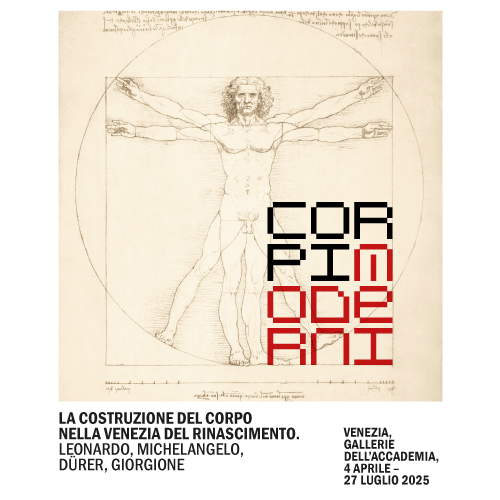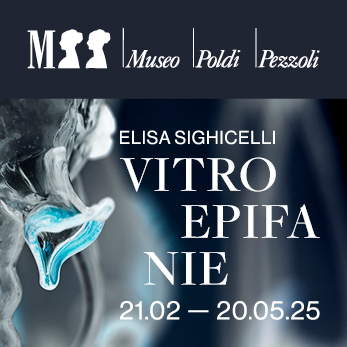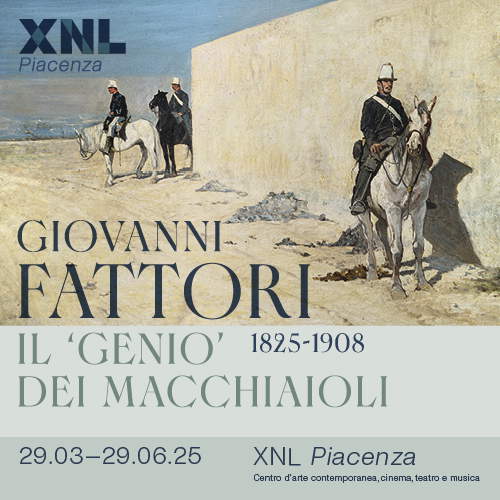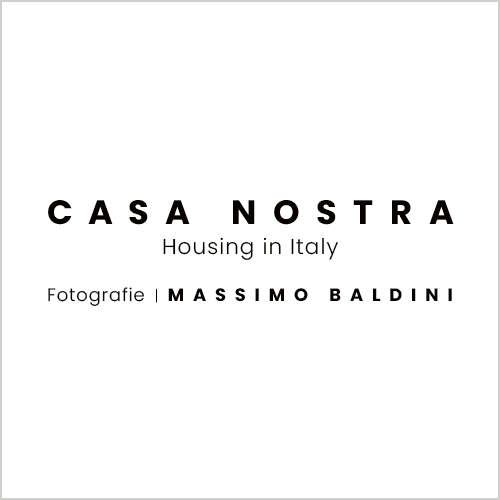Chiara Lecca's exhibition in the secret rooms of Palazzo Doria Pamphilj: art and alchemy between nature and myth
From February 21 to April 27, 2025, the Secret Apartments of the Doria Pamphilj Palace in Rome open their doors to contemporary art with the exhibition From the Egg to the Goddess in the Doria Pamphilj Secret Rooms, curated by Francesca Romana de Paolis. An exhibition that ties in with the history and esoteric charm of the palace, thanks to the support of Princess Gesine Pogson Doria Pamphilj and her spouse Don Massimiliano Floridi, in collaboration with Galleria Fumagalli of Milan. The event represents an opportunity to access an exclusive place, a cycle of hybrid rooms between home and museum, open to the public only from 2021. An itinerary that, in addition to works by Chiara Lecca (Modigliana, 1977), reveals two rarely exhibited paintings: Leonello Spada’s The Melon Seller, once attributed to Caravaggio, and Male Figure and Dog with Still Life of Flowers and Fruit, painted by four hands by the Genoese Pasquale Chiesa and the Flemish Alexander Coosemans. The title of the exhibition evokes a narrative that starts from the primordial forms of Lecca’s ovoid sculptures and culminates in a tribute to Diana, goddess of the hunt and nature. An itinerary that recalls the tradition of the Wunderkammer, the Renaissance wonder rooms where rare objects and scientific curiosities were accumulated. A reminder that is anything but coincidental, since the Secret Apartments still contain original mirabilia, including rhinoceros horns and artifacts that belonged to Camillo Pamphilj, nephew of Pope Innocent X, the same year Jesuit Athanasius Kircher set up his wunderkammer at the Roman College.
Chiara Lecca, born in Modigliana in 1977, develops her artistic research on the delicate balance between man and nature. Her works, between sculpture and installation, rework organic materials, transforming them into objects with a hybrid identity. Resins that look like amber and crystal, marble-looking sculptures, illusory floral compositions, skins and scales embedded in glass create a collection of contemporary fossils, suspended between growth and deterioration. The exhibition path winds through five rooms, following the theme of the four elements, dear to the Pamphilj family.
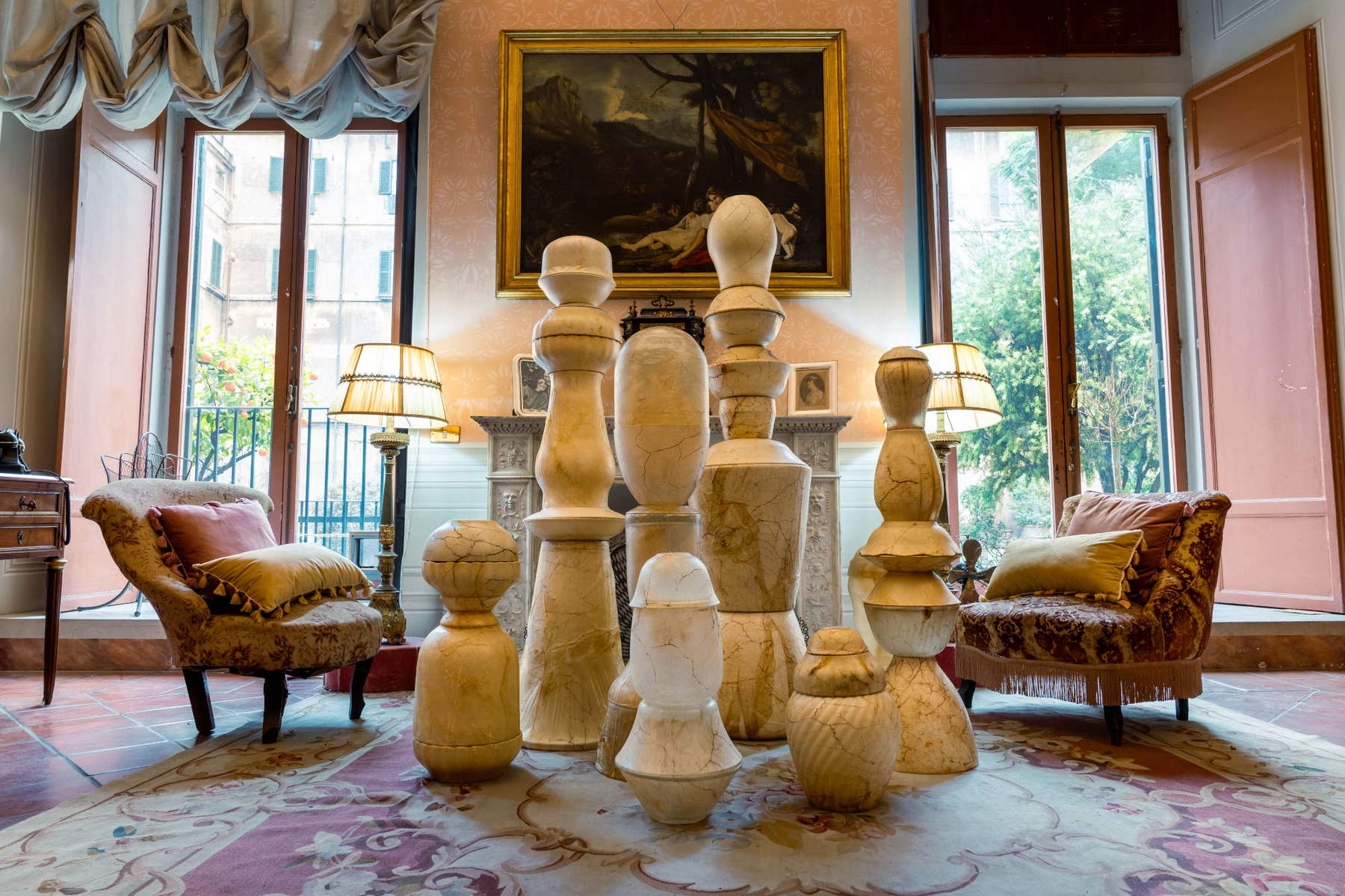
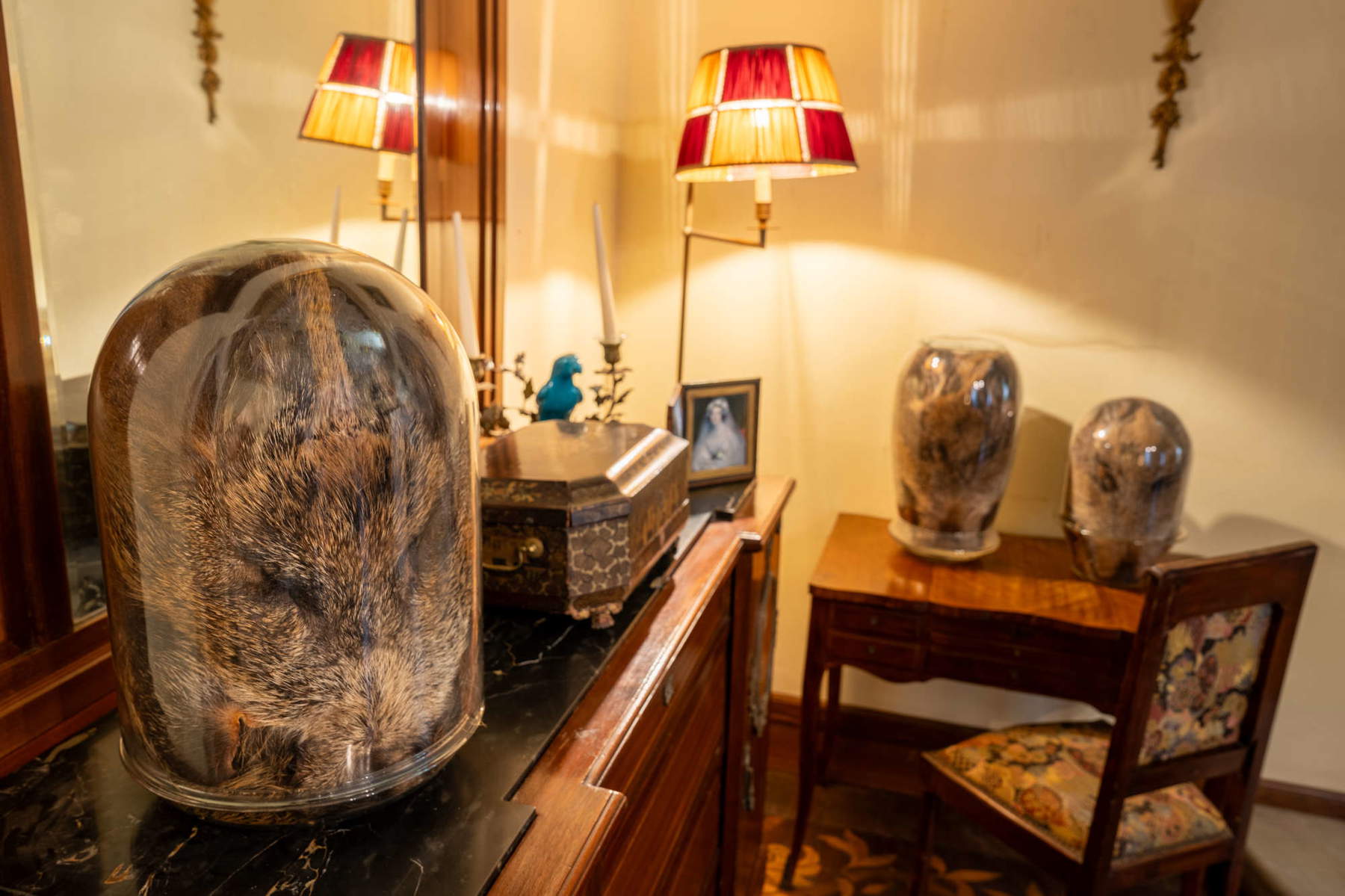
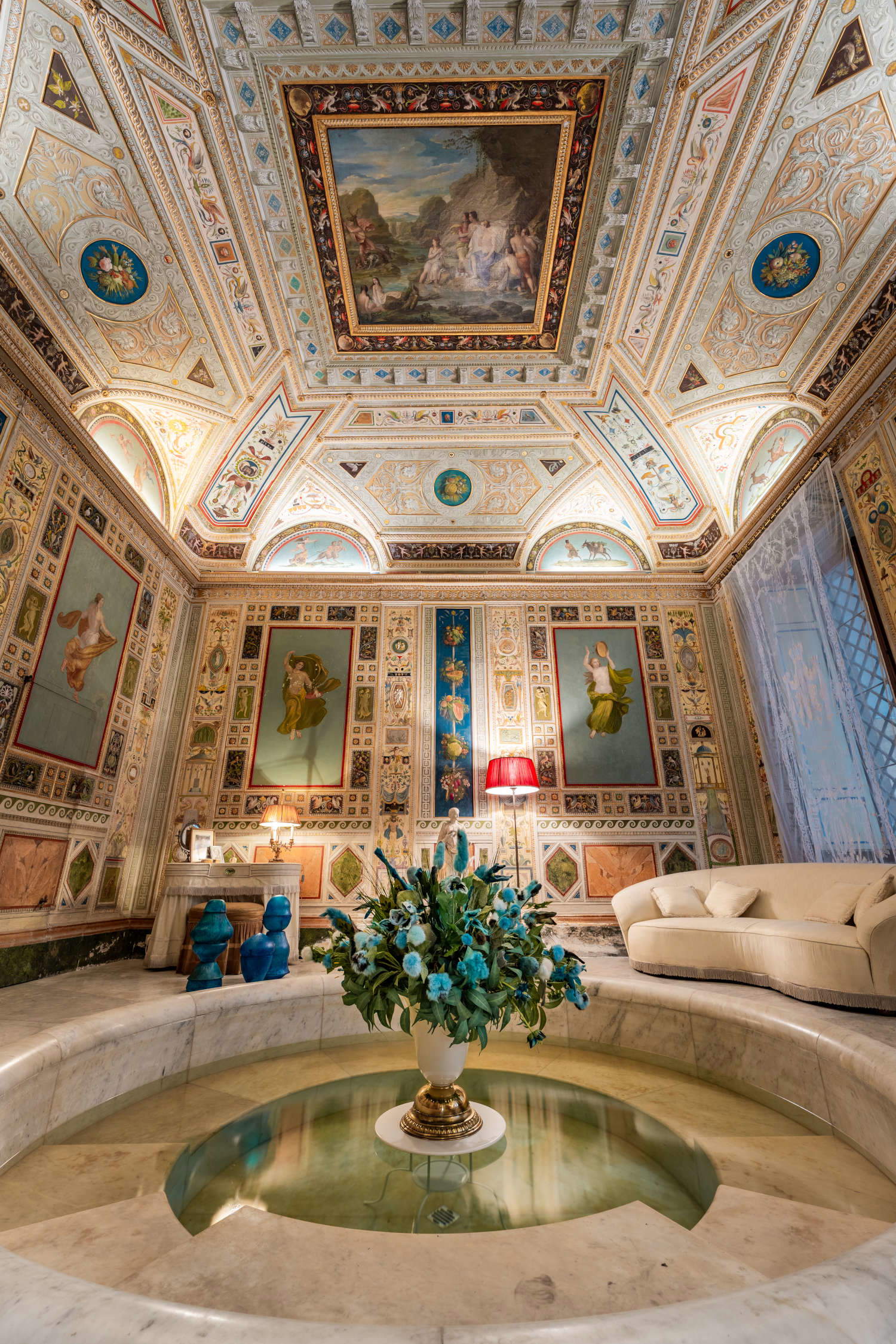
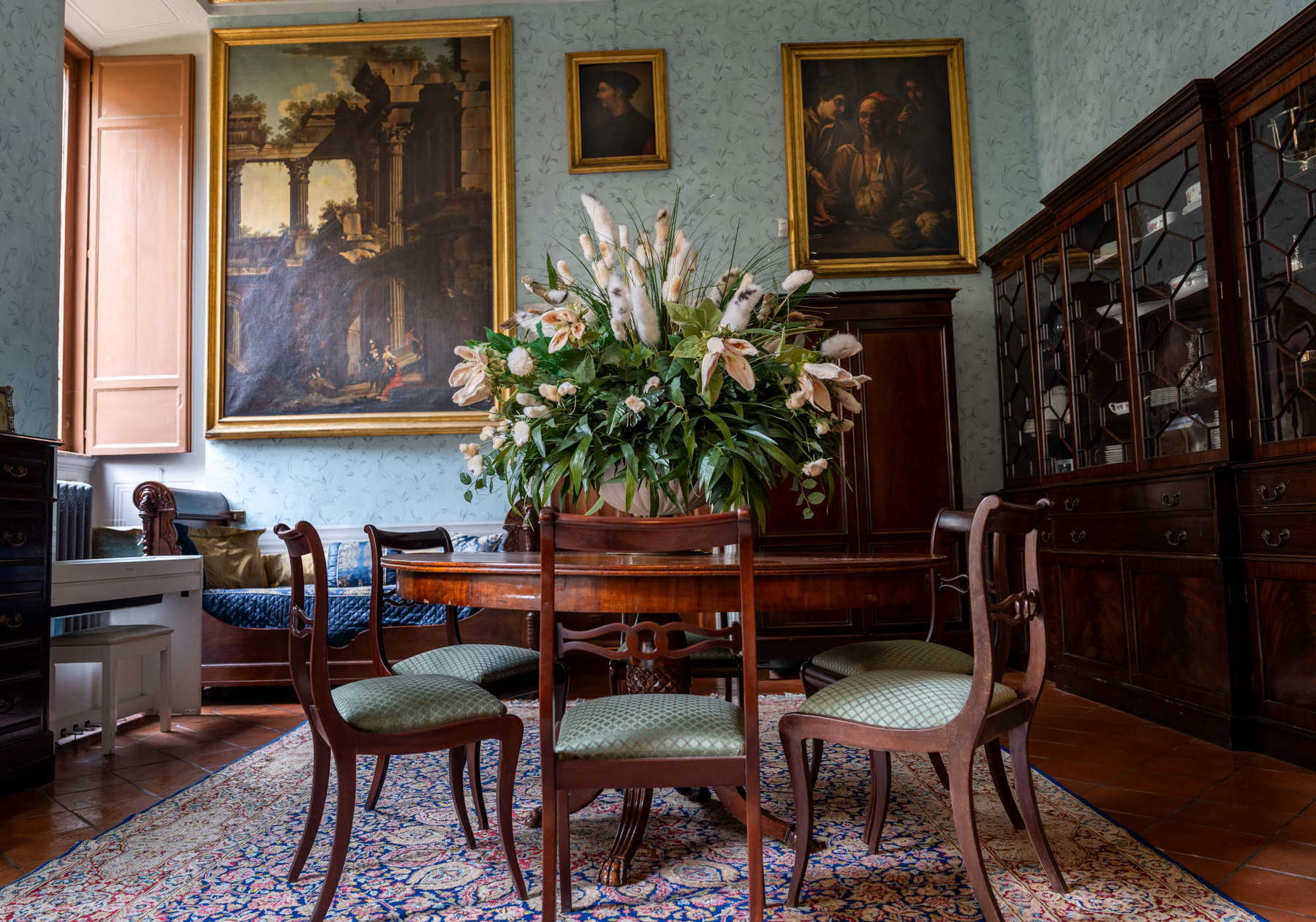
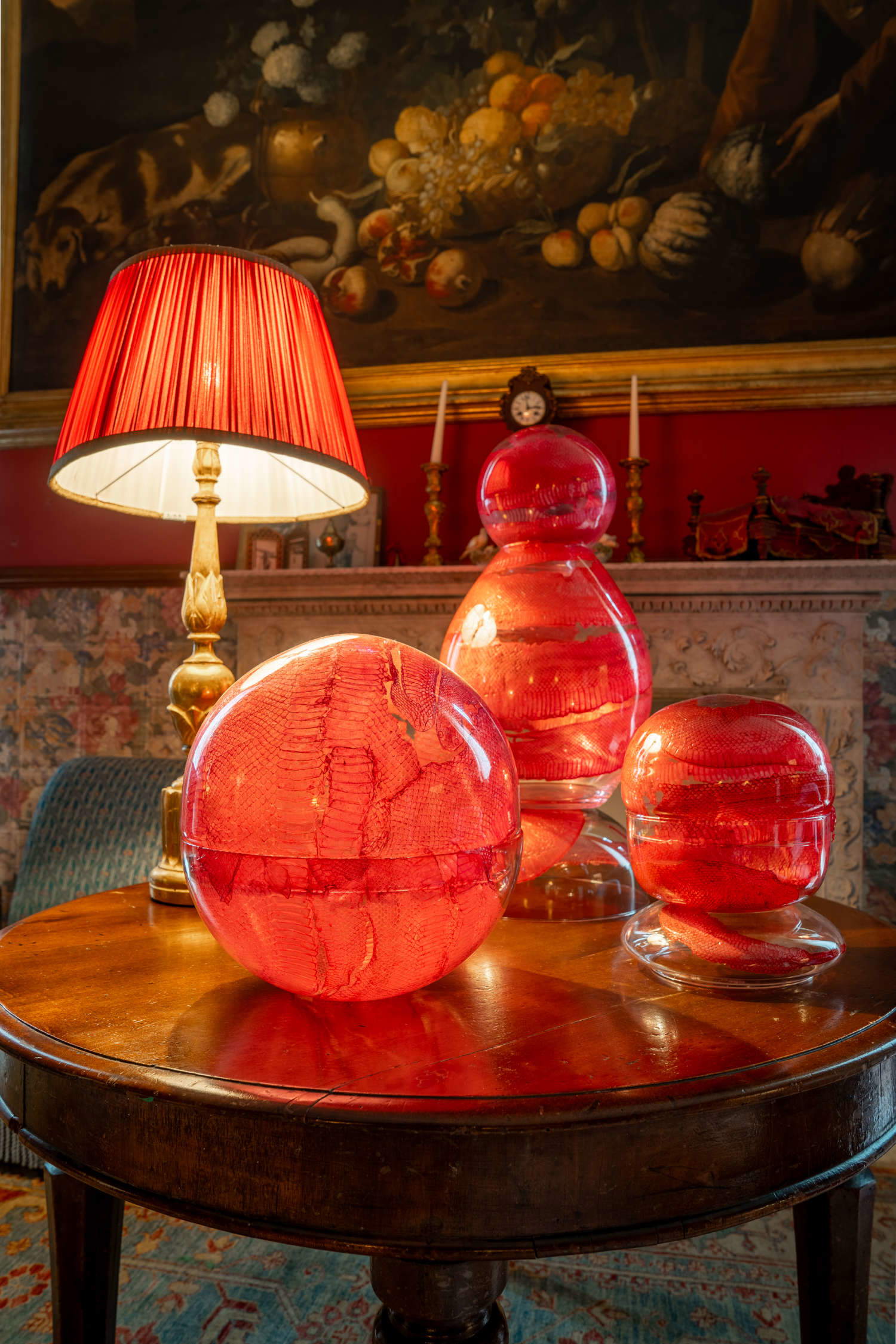
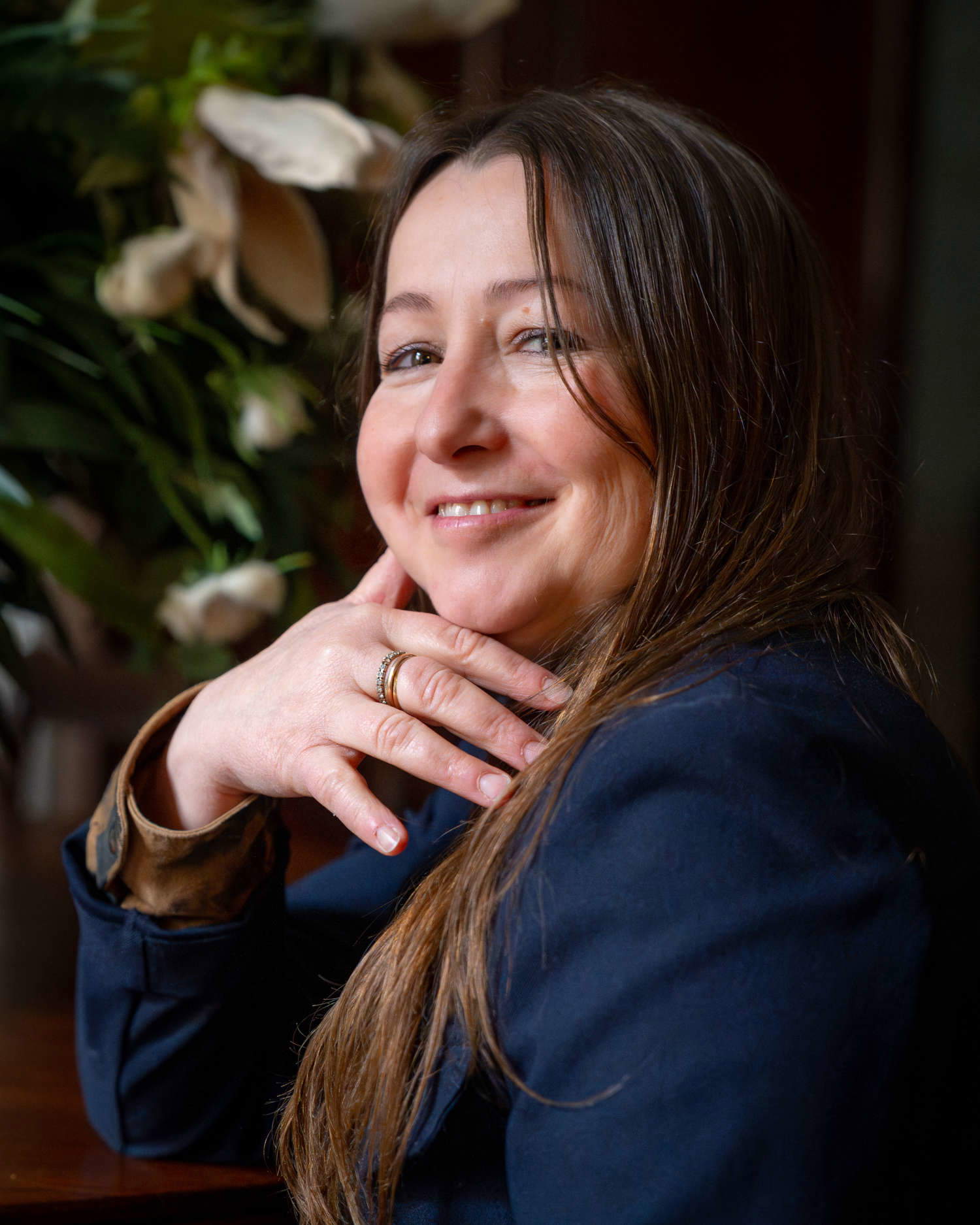
We start in the Fire Room, where 17th-century paintings by Ludovico Carracci, Massimo Stanzione and Pietro Testa dialogue with works from the BigBubbles (2012), Fake Marble (2013-2015), True Fake Marble (2014-2016) and Still Life (2017) series. From here, an exceptional view allows a glimpse into the Dining Room, where Lecca’s imposing Golden Still Life (2016) finds a counterpoint in Leonello Spada’s Melon Seller. We continue to the Air Room or Children’s Room, decorated with musical and astrological themes, where Purpura snakes (2025), a site-specific sculpture in three elements, stands out. The snake, a symbol of knowledge and renewal, winds among the furnishings, evoking ancient symbolism. The Hall of the Earth, also known as the Hall of the Cupids, houses the group Purpura shapes (2025), which compares with the 17th-century painting by Chiesa and Coosemans. Some works from the Mask series also blend in here, in keeping with the theme of hunting and seasonality. Finally, the path culminates in the Nymphaeum of Diana or Water Room, a space dominated by an imposing marble pool filled with water. Here Lecca installs Turquoise Still Life (2024), an immersive work that seems to emerge from the water itself. Next to it, the sinuous Turquoise Fake Marble (2024) and a small Still Life (2017) close the exhibition experience.
The exhibition continues beyond Palazzo Doria Pamphilj, with a further stop at theOspitale di Santa Francesca Romana in Trastevere, where some of Lecca’s works find a home in the 19th-century chapel of San Vincenzo. A context charged with history, which preserves masterpieces such as Borromini ’s mosaic crucifix and Guido Strazza’s Via Crucis. Accompanying the exhibition is a catalog published by the Floridi Doria Pamphilj Trust in its Memoirs series. The volume, which includes contributions by the curator and scholars such as Cristian Moriconi and Gabriele Landi, will be presented in the Secret Apartments on Saturday, April 12, 2025.
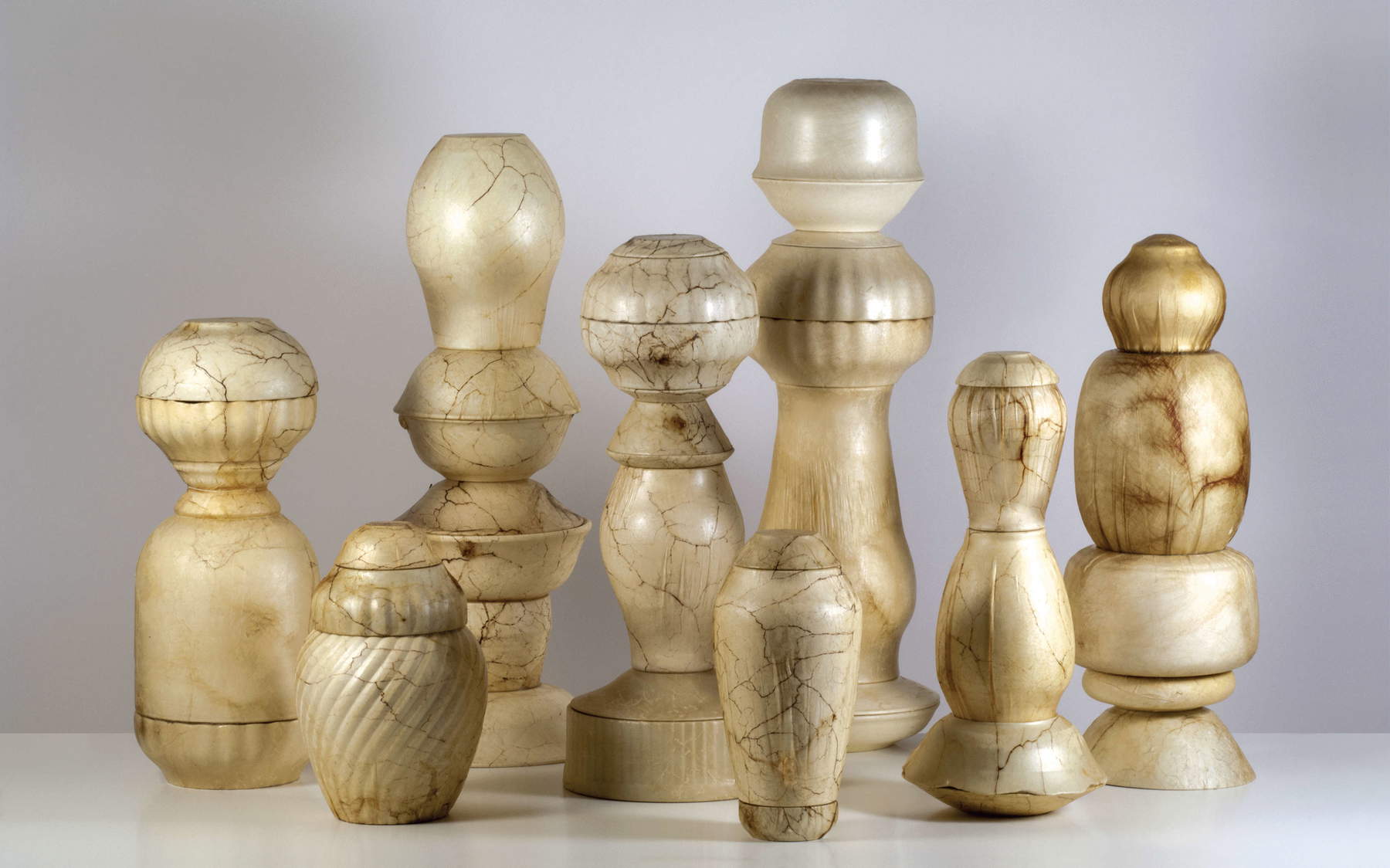
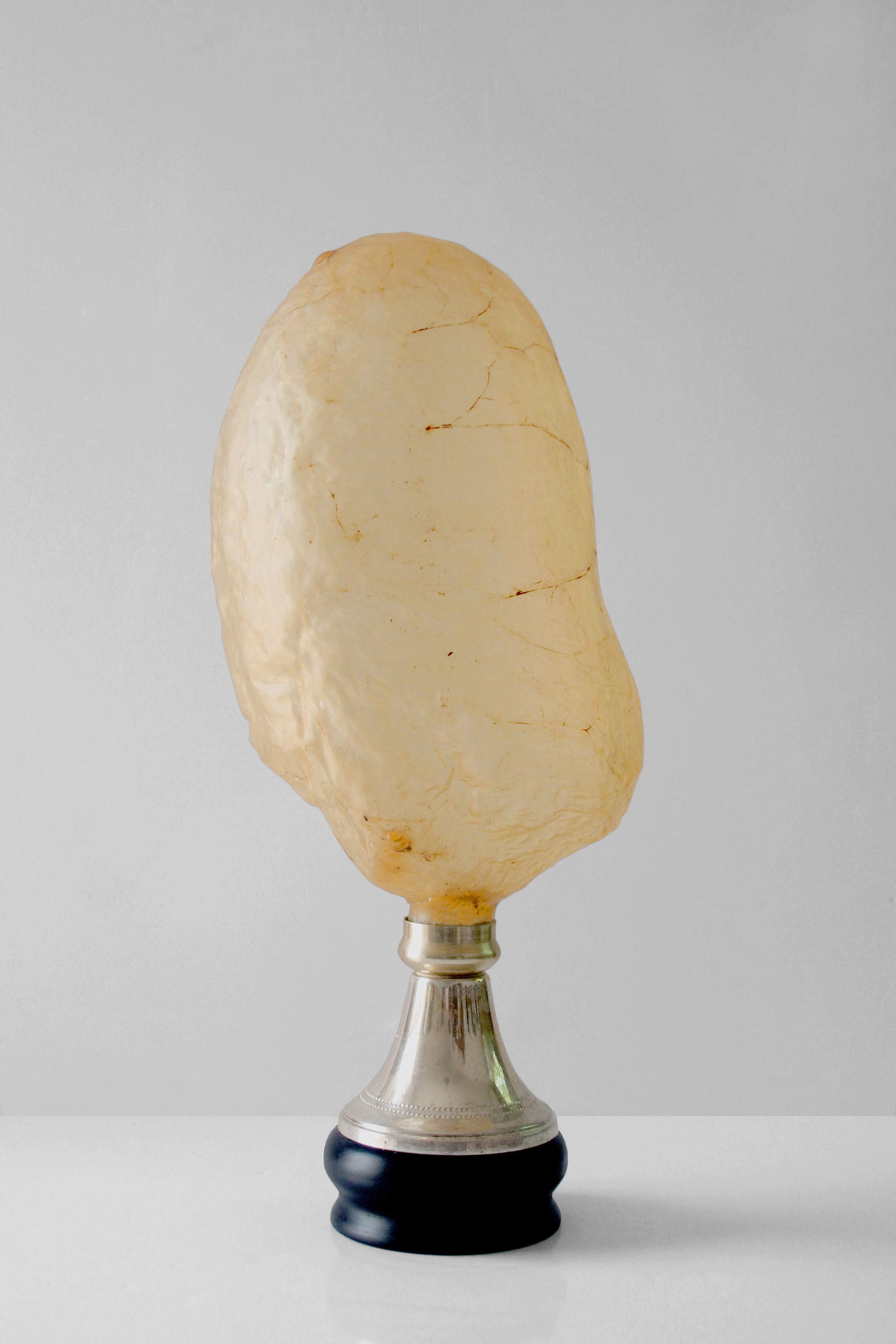
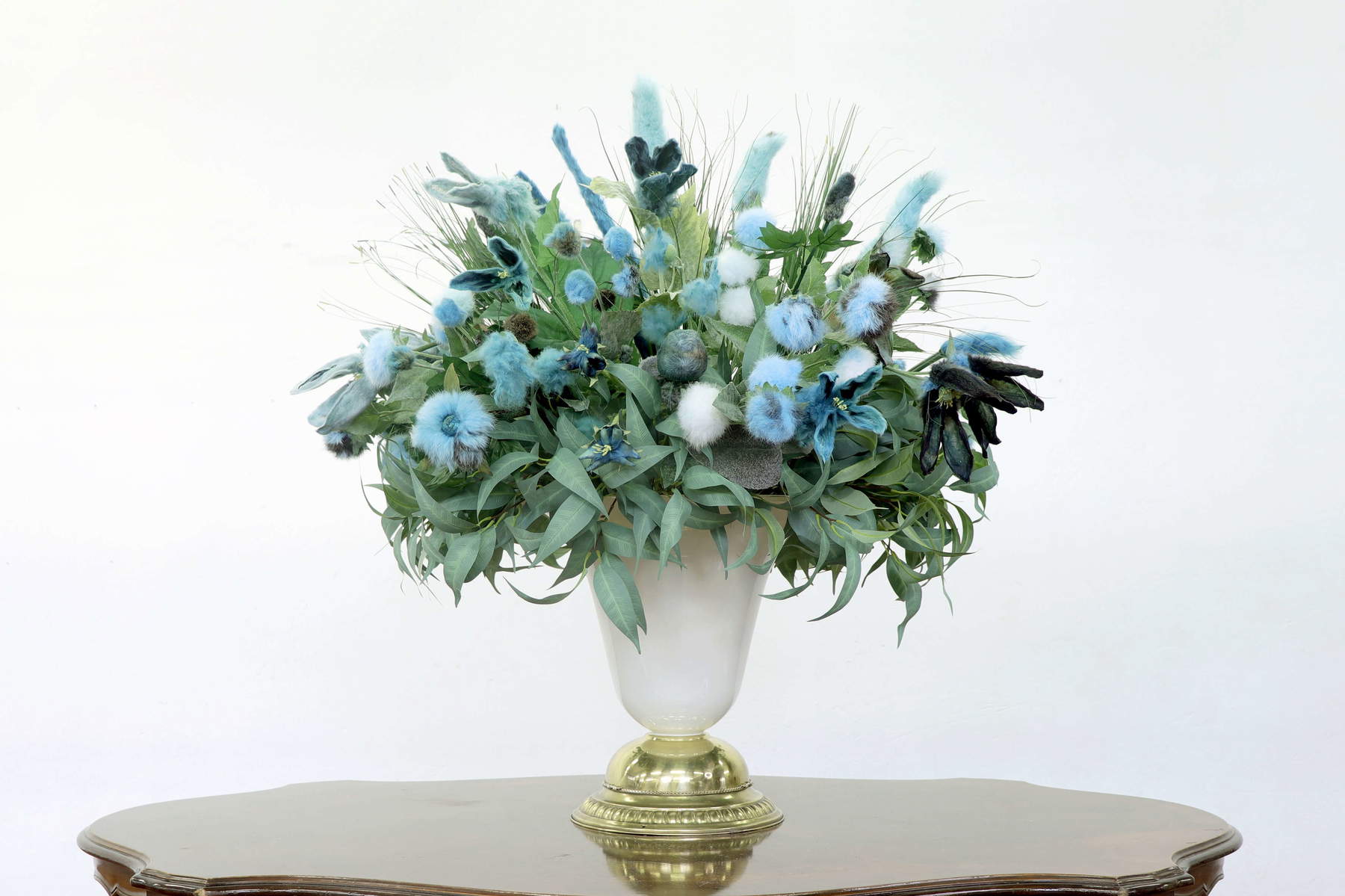
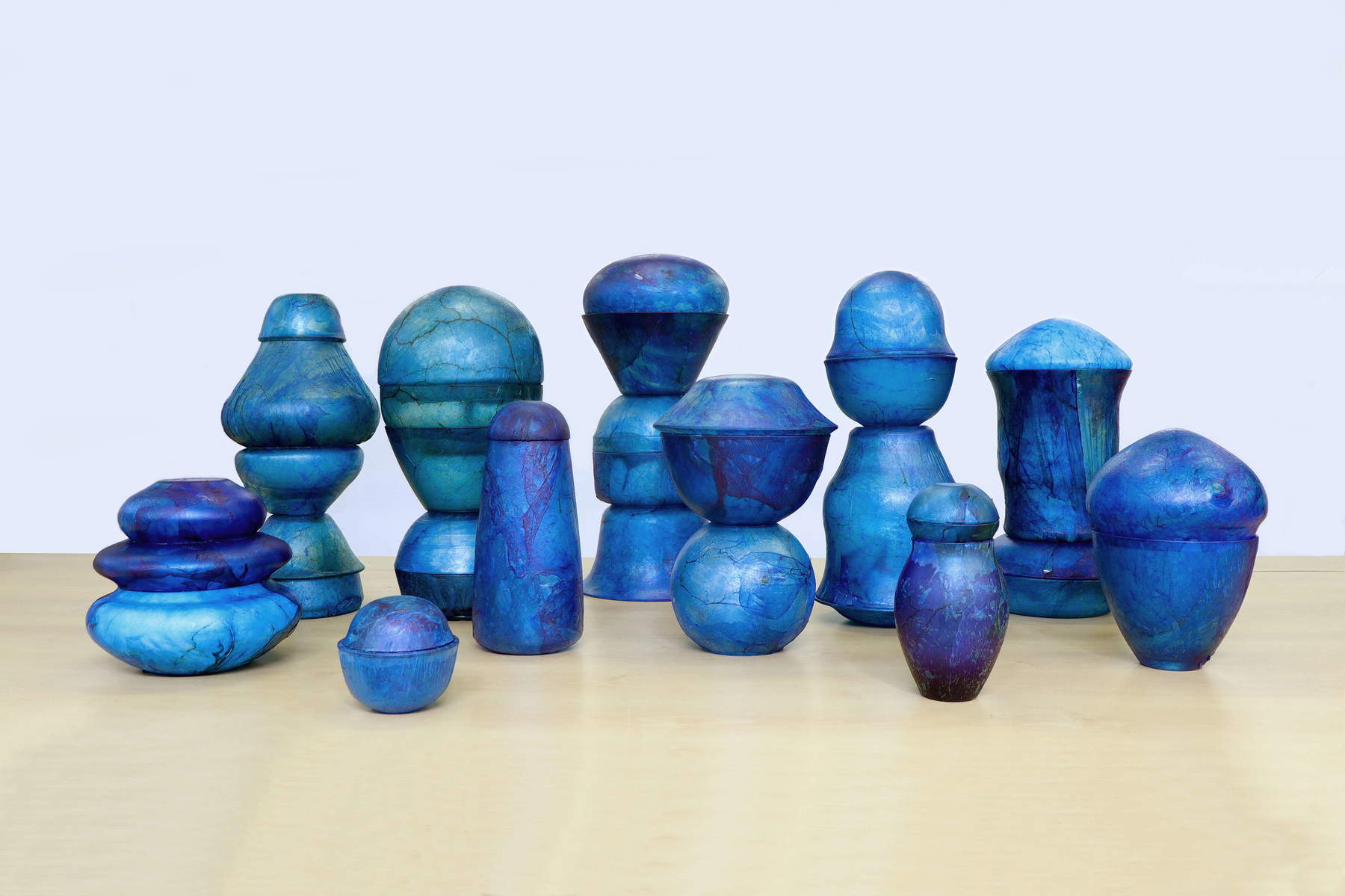
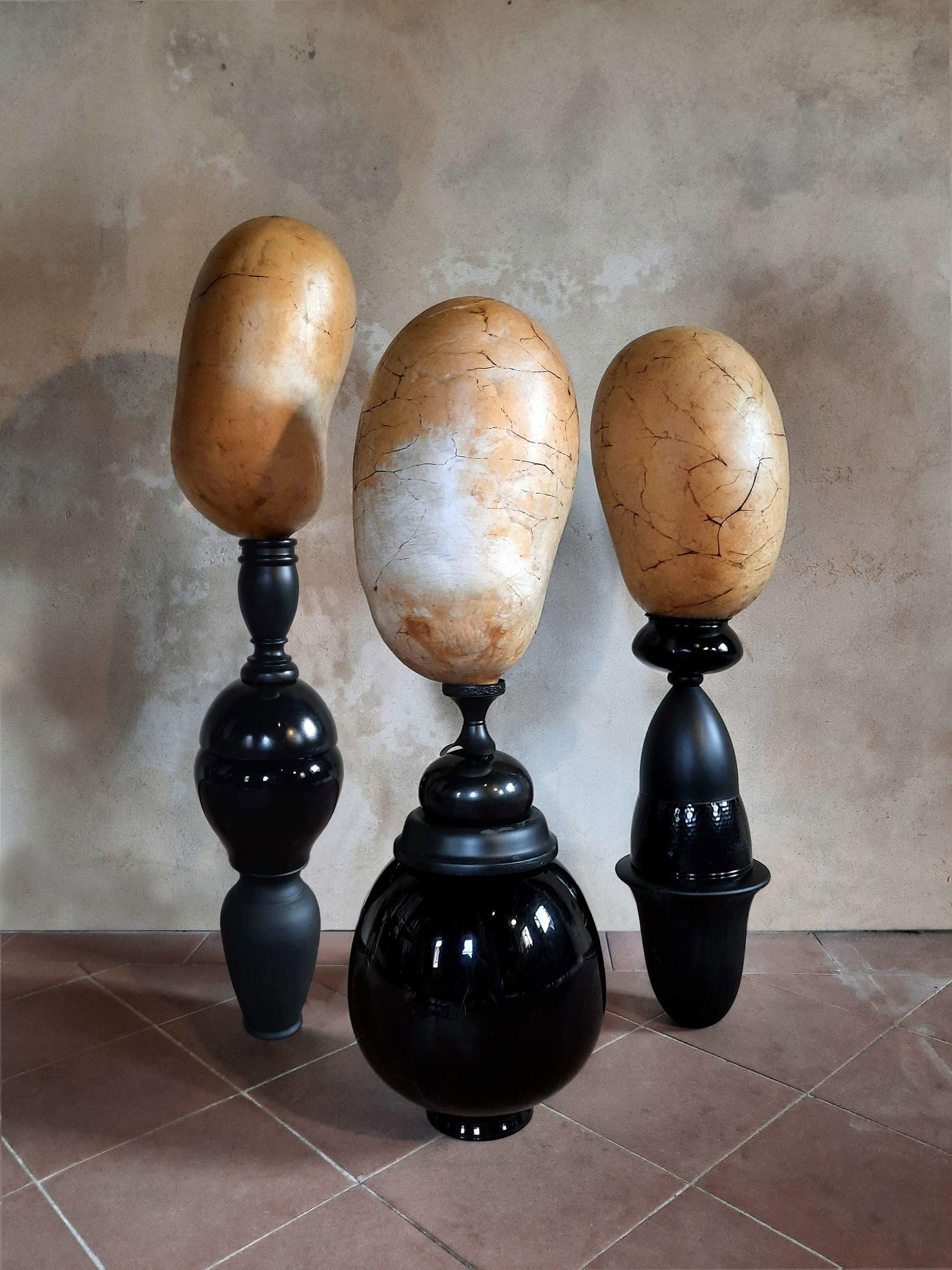
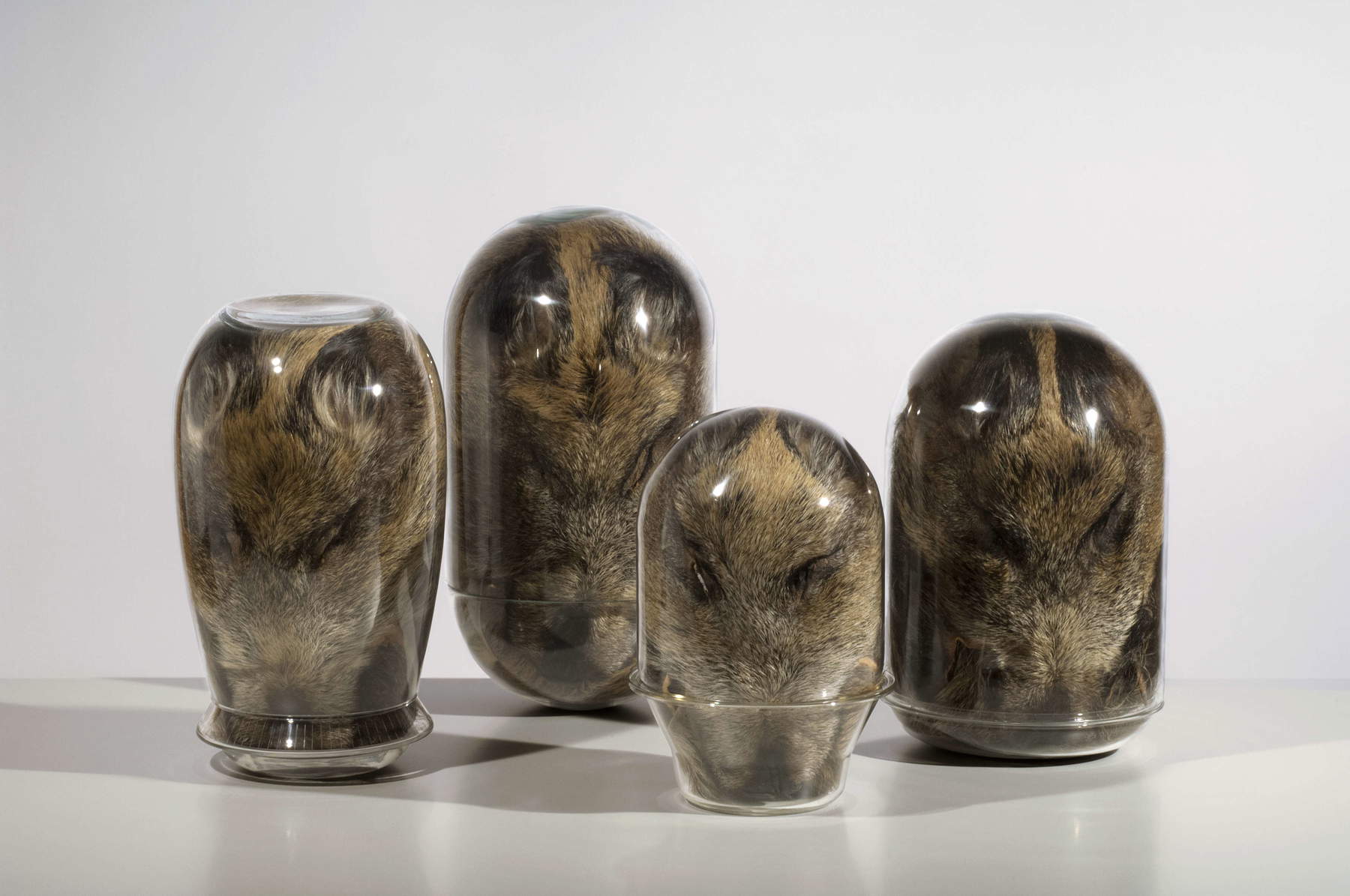
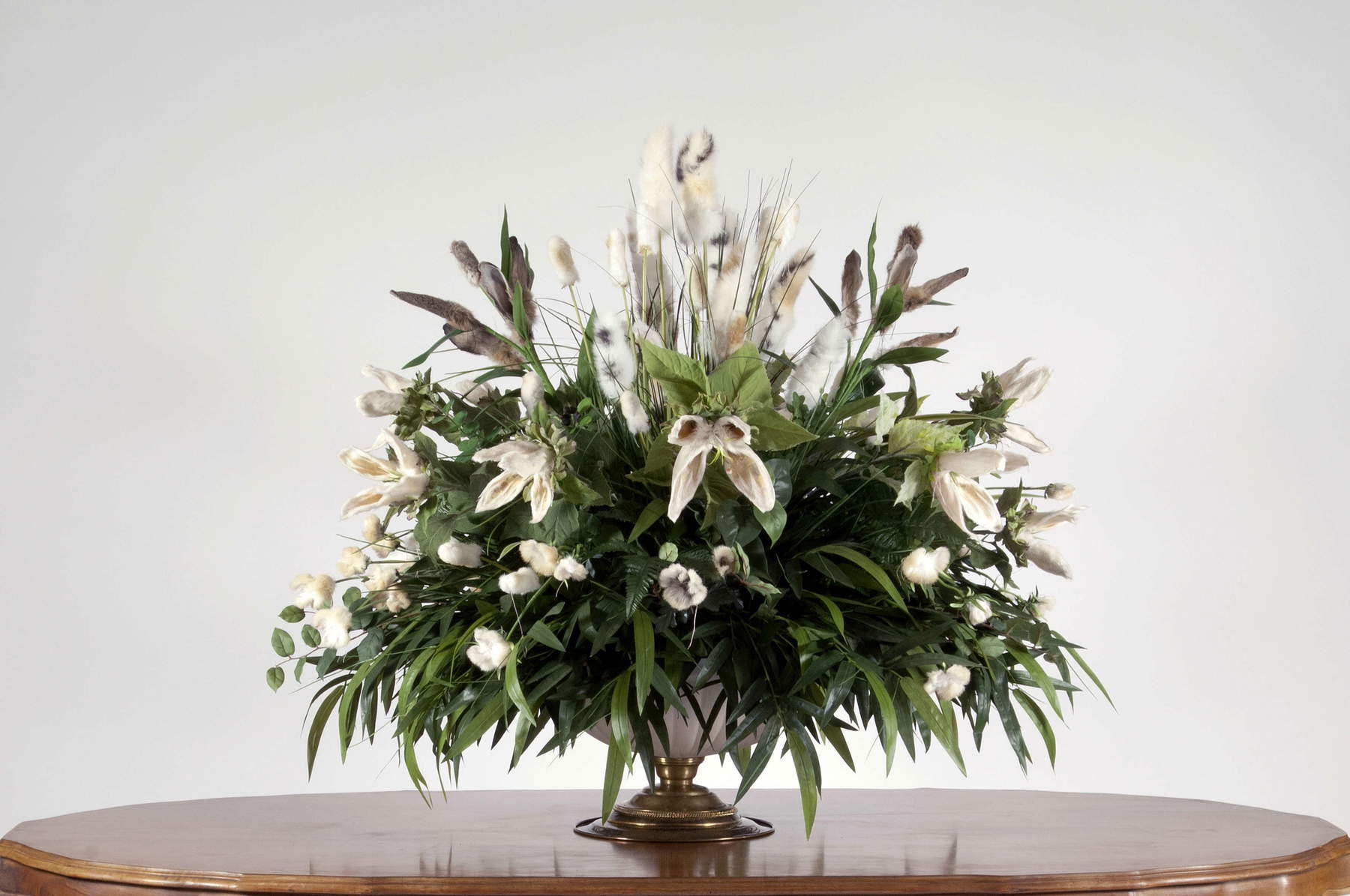
“From Max Ernst to Meret Oppenheim and Joseph Beuys, via Kounellis, Fabre, Cattelan, Hirst, and Koons, to name just a few of the best-known cases, animality is the protagonist of the contemporary,” says curator Francesca Romana de Paolis. "With her works, however, Chiara Lecca makes a further step: the animal is no longer a Duchampian ready-made, exhibited as it is, stuffed or in decay. Rather, it is sublimated, following an unprecedented and dual iter. The grafting of organic and inorganic materials generated by the artist panders to forms and dynamics characteristic of both natural mimicry and a taste for Baroque illusionism. Each of his creations is an evocative two-faced object, more than ever experimental and more than ever heir to seventeenth-century mirabilia. Better: plastic versions of Erard Shön’s Vexierbilder (paintings with secret). The sense effect triggered by ’living’ matter transcends when the Flemings remind us that they used bone dust in their paintings, and Vasari and Cennini tell us of ancient egg yolk and egg white tempera, of pigments made from chopped herbs, minerals, precious stones, mollusks; of binders in fig milk, rabbit and fish glue. The estrangement then turns into playful curiosity and then almost into sacred awe: this is how from the egg we come to the goddess.... In a dialectical bi-directionality between presence and absence, still life and still life, fossil-like effigies and fascination with futuristic archaeology, the Secret Apartments of Palazzo Doria Pamphilj return to the Cabinét de Curiosites atmospheres proper to their origins. With a new invitation that the artist implies: to reflect - in the artificial infinity in which we move - on the forgotten belonging of the human being to the zoological world, on the fictitious and yet real split between nature and culture."
Practical information
Visiting hours: Monday through Thursday 10 a.m. to 7 p.m., Friday through Sunday 10 a.m. to 8 p.m. Open April 25, 2025
Closed: every third Wednesday of the month (March 19, April 16, 2025) and Sunday, March 2, 2025; Sunday, April 25 (Easter)
Ticket: 6€
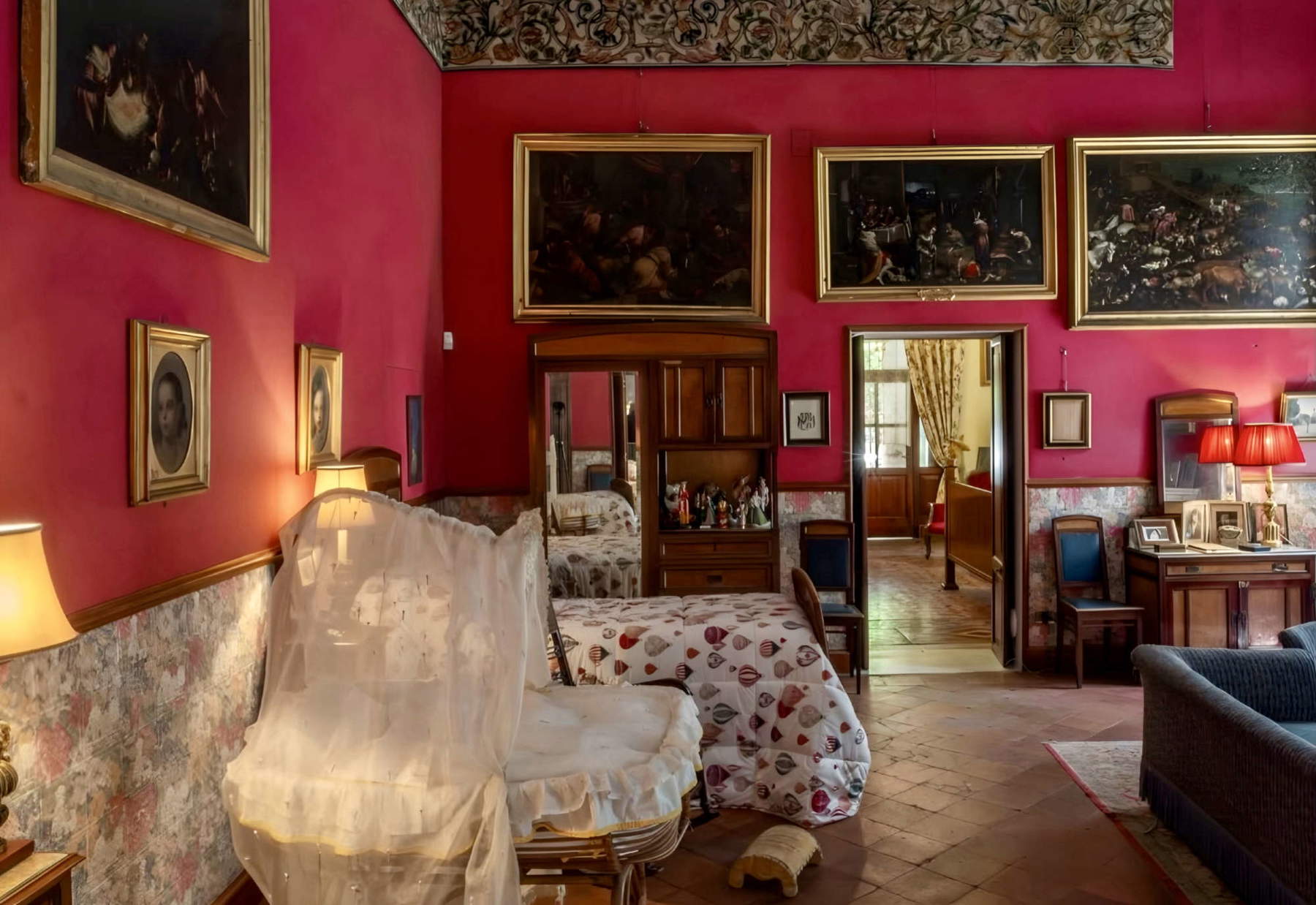
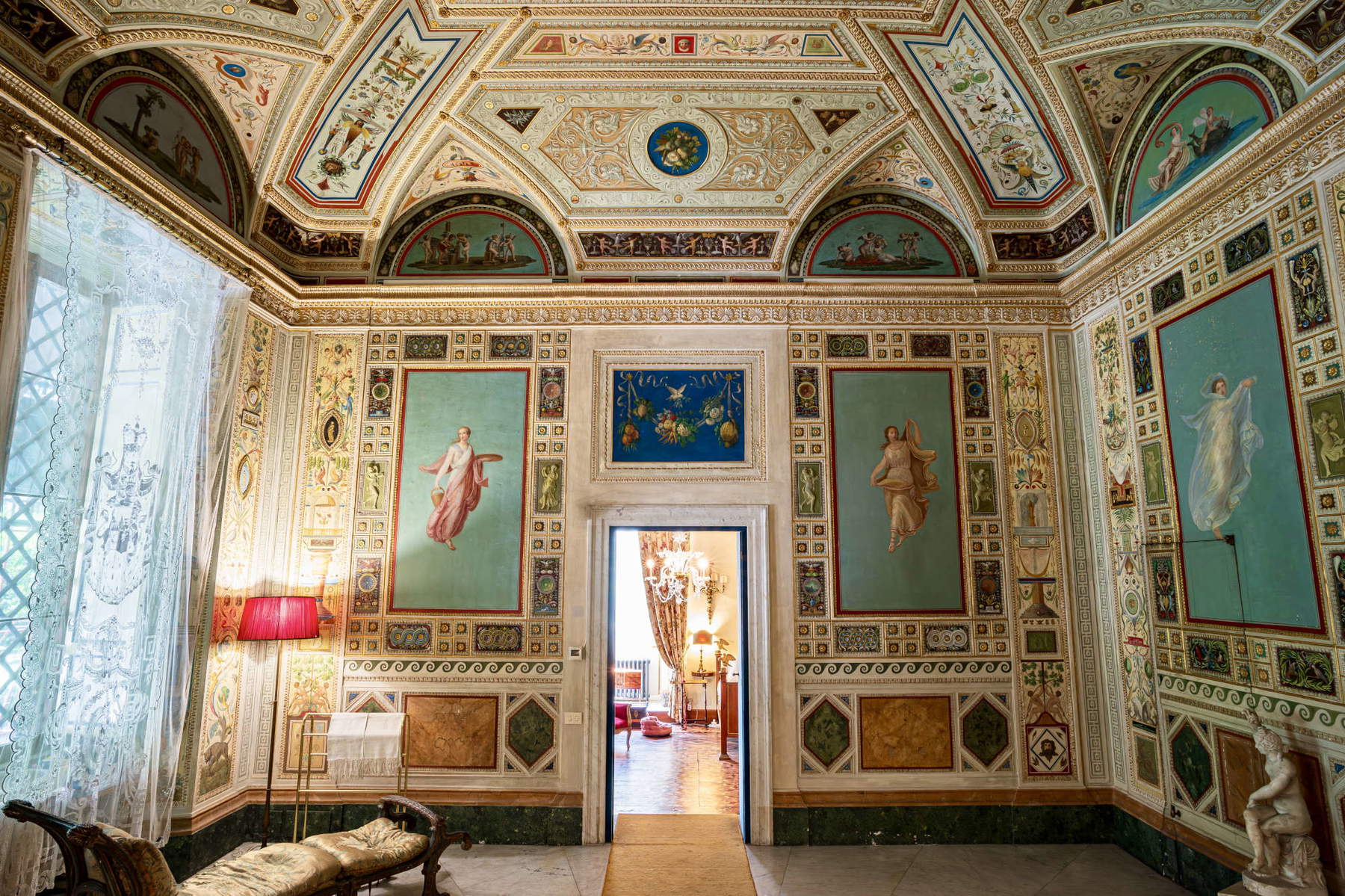
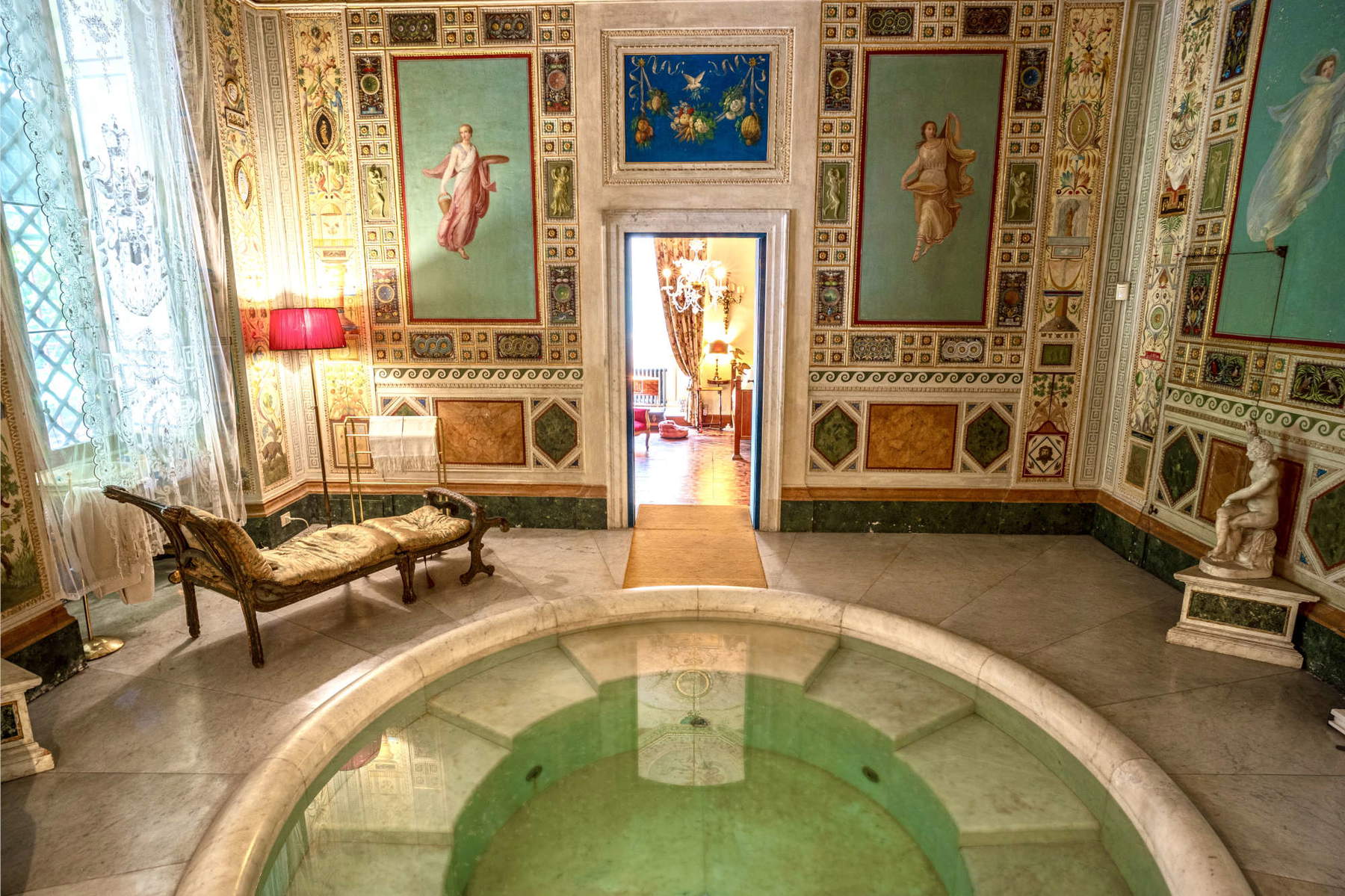
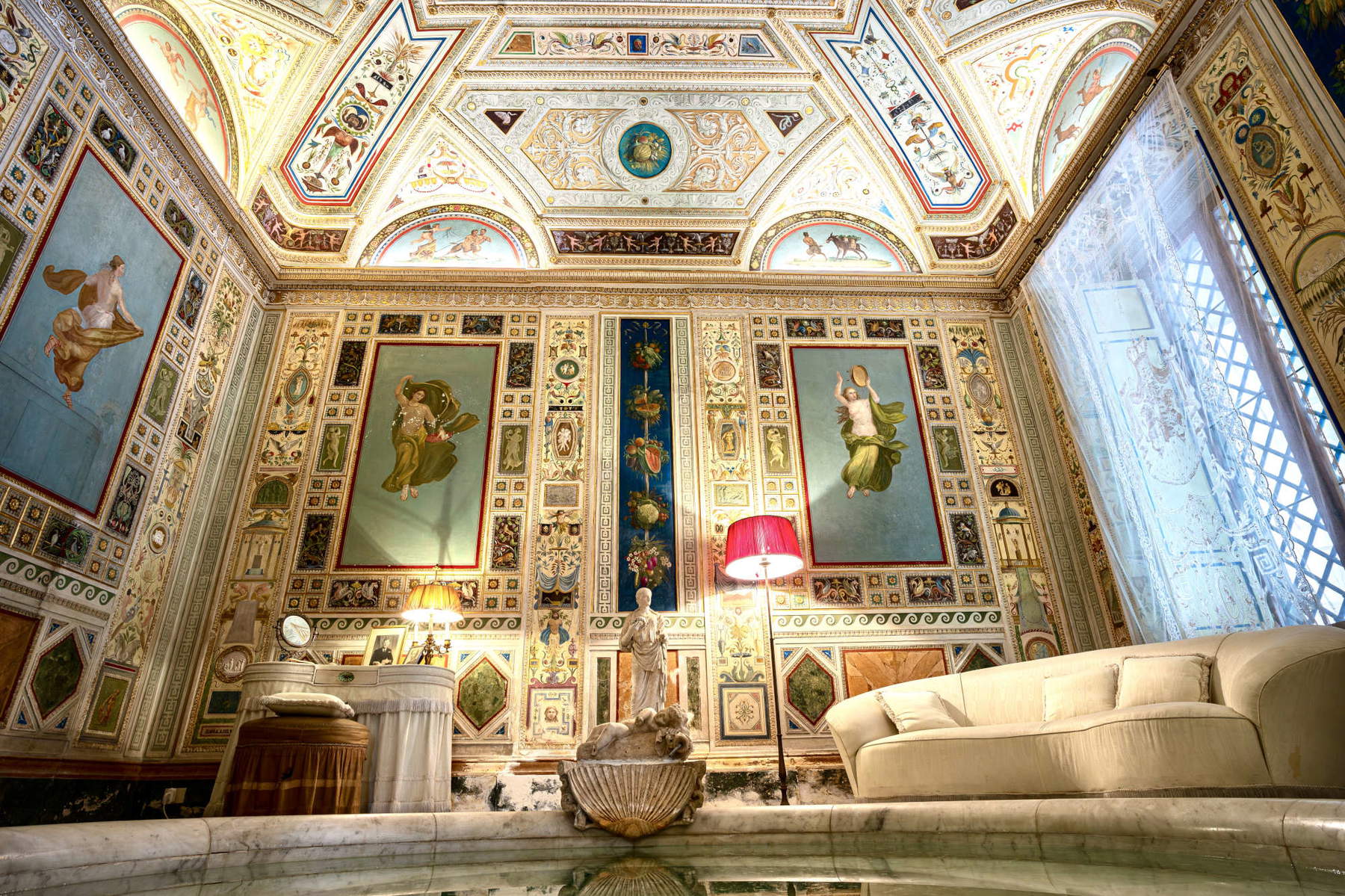
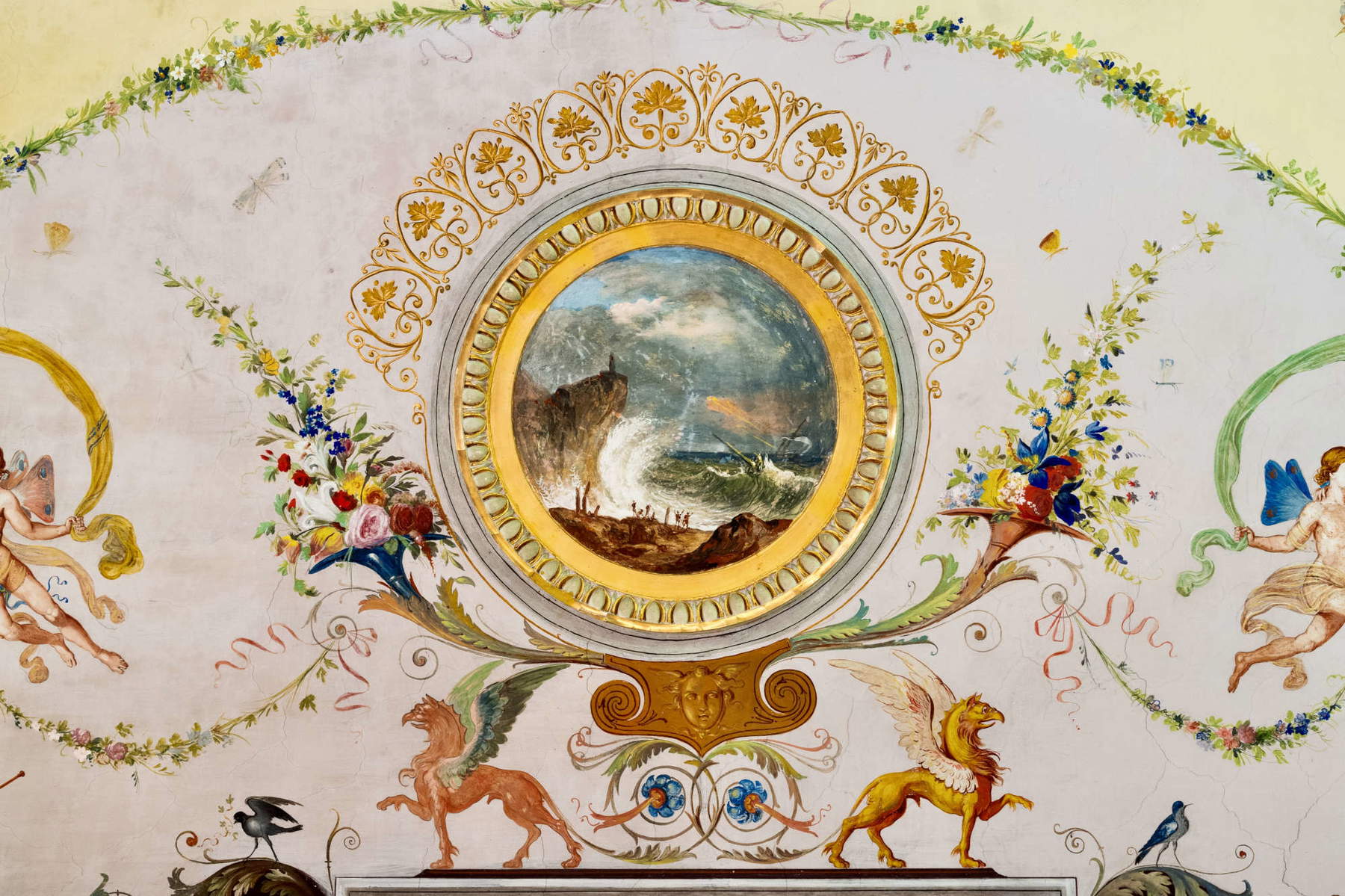
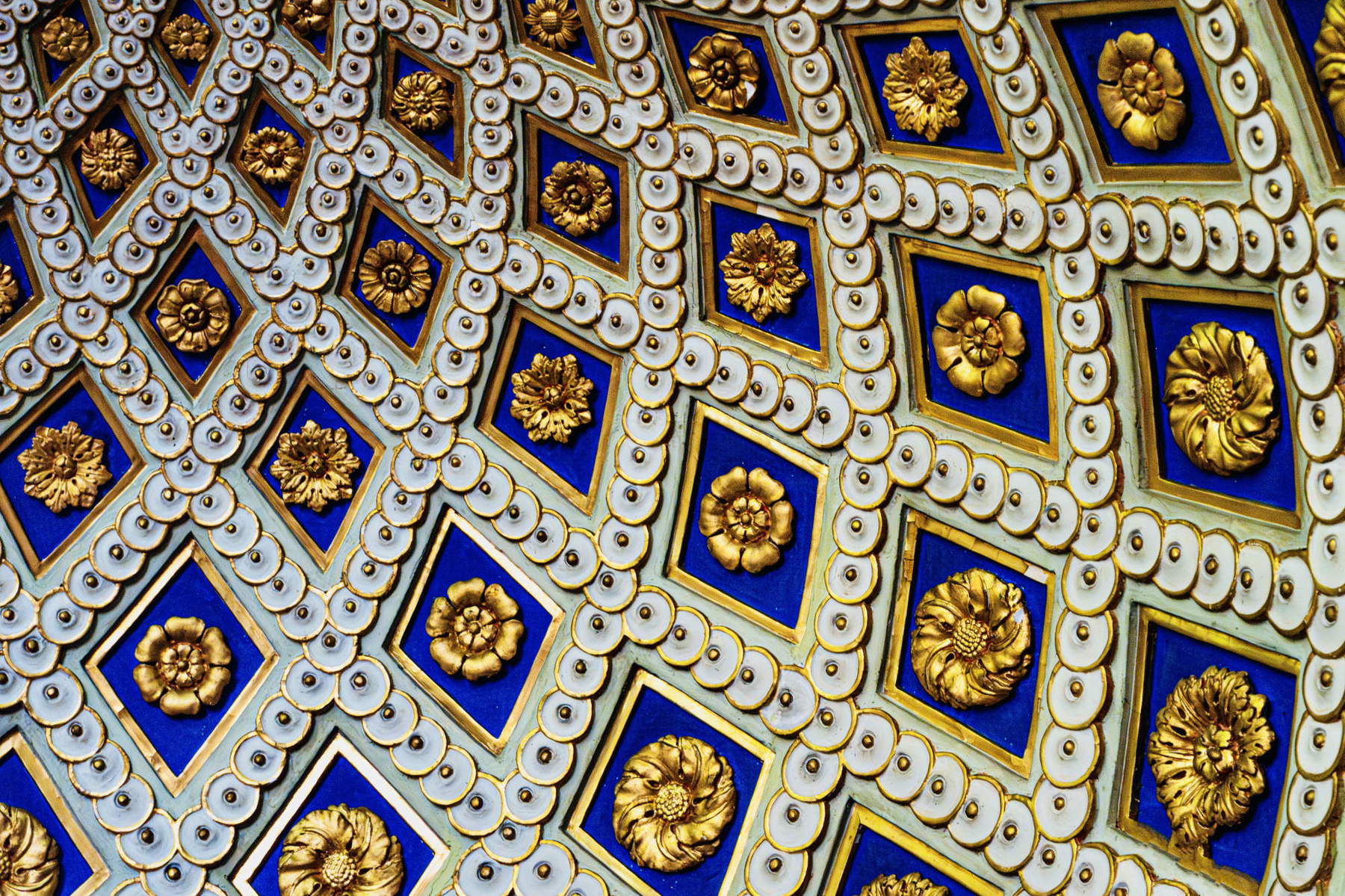
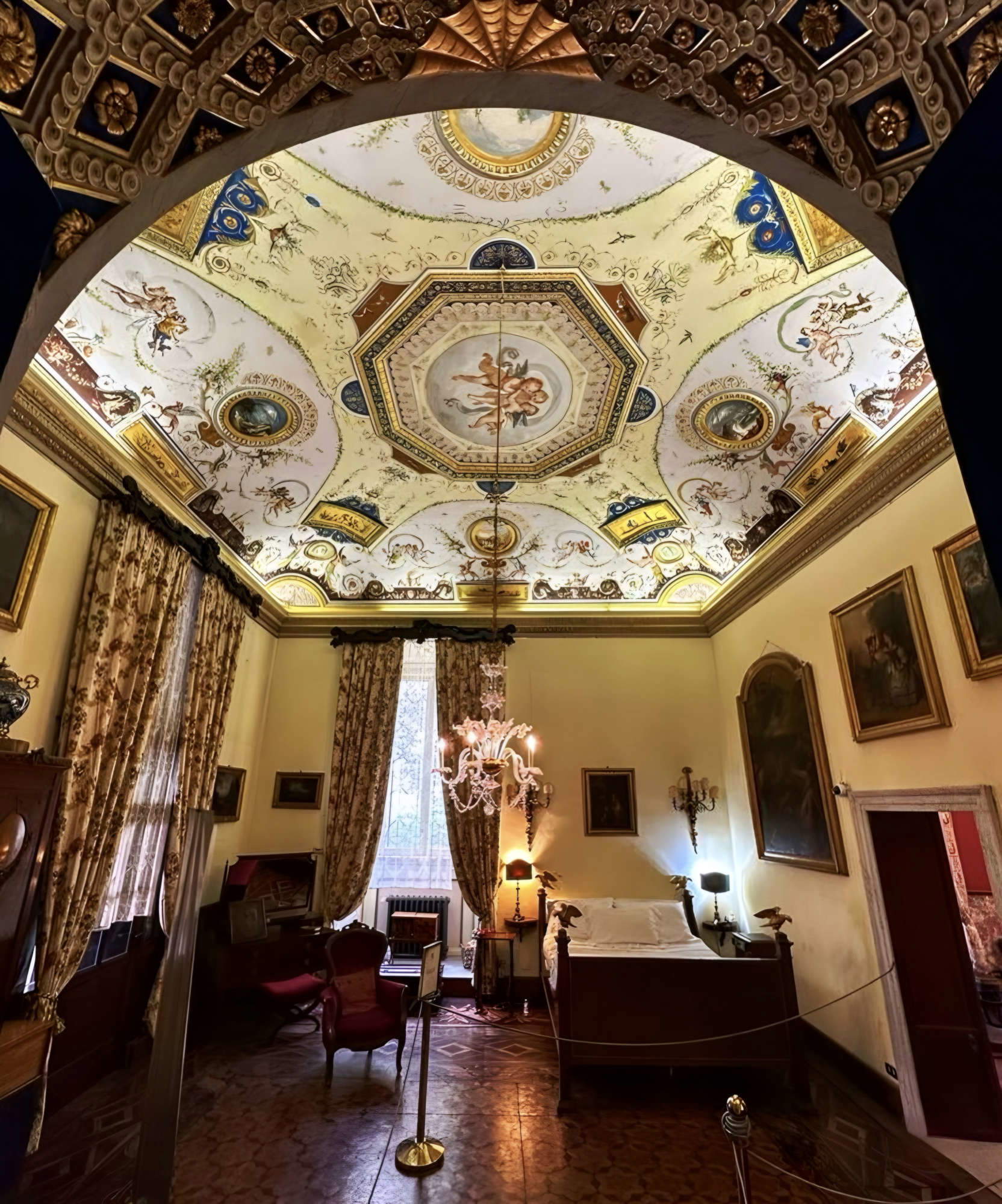
 |
| Chiara Lecca's exhibition in the secret rooms of Palazzo Doria Pamphilj: art and alchemy between nature and myth |
Warning: the translation into English of the original Italian article was created using automatic tools. We undertake to review all articles, but we do not guarantee the total absence of inaccuracies in the translation due to the program. You can find the original by clicking on the ITA button. If you find any mistake,please contact us.





